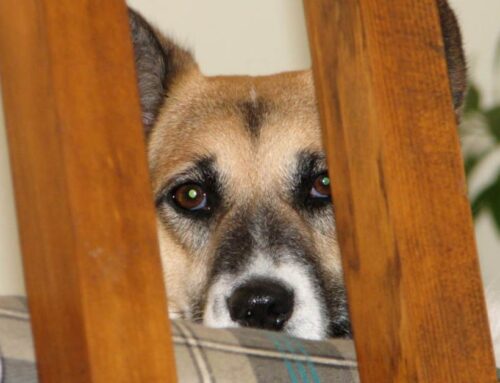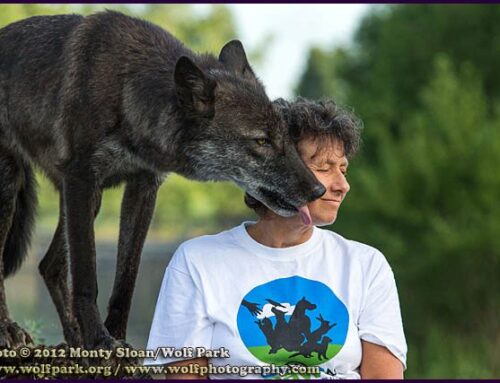When working with any dog, developing a positive, trusting relationship is important, but when working with a fearful dog it becomes paramount for the success of training and rehabilitation. There are trainers who have come up with theories as to why dogs behave they way they do and therefore why ‘their’ method of training works best, this includes focusing on things like ‘prey drive’ or being ‘alpha’ to your dog.
There is a large body of research and data which has been collected and informs us as to how animals learn new behaviors. The more fuzzy area of ‘why’ they behave the way they do leaves a void which too many trainers and owners feel compelled to fill. While most of the theorizing is harmless and may even be correct, some it of it is not and leads to making dogs feel frightened and wary. It is useful to consider that a dog is chewing up the sofa cushions because they are bored or anxious, less useful to believe they are angry or vengeful at being left alone.
Good trainers know that when they have a challenging dog to work with they have to pull out all the stops, strap on their thinking caps, and reach into their bag of tricks. Getting a dog which is afraid of people to buy into what you’re selling requires patience and imagination, but there are many routes to take to get their attention. It may be prey, or play drive that you tap into, and though I cringe to use the word ‘leader’ in regard to dogs in general, because I feel it has been poisoned by trainers like Cesar Millan, showing your dog that you understand how they feel and will not allow the worst to happen to them, whatever their ‘personal worst’ may be, is helpful. As is teaching them new more appropriate responses for situations.
One of the fun ways I connect with my fearful dog is to tap into his sense of curiosity. Since novel objects and people frighten him, I need to tread carefully, but in situations in which he feels comfortable he is all dog and wants to check things out. I take advantage of this when working on challenging behaviors like recall. Sometimes my dogs get a treat when they come when called, sometimes a ball toss, an ear scratch and sometimes I point out something new and interesting.
If I spy a chipmunk darting into a rotten log I call the dogs, point out the fresh scent and enjoy the show that ensues. Perhaps it’s the prints of a deer or moose that I direct them to, or pass around the shards of a newly hatched bird’s egg for them to sniff (until one of them gobbles it down). I try to be as predictable as I can be with all my dogs, but especially for my scared dog. I want him to learn that regardless of how I move or speak I am never going to do anything ‘bad’ to him. With a solid history of positive experiences with me the occasional vet visit or mat brushing does not cause set backs in our relationship. I also look for ways to surprise and delight my dogs, leading them to wood piles where they can torment squirrels hidden inside, or pulling a new squeaky toy out of a pocket. When I do open my mouth and say their names I want them to have many reasons for perking up and paying attention, and no reason to hesitate.






